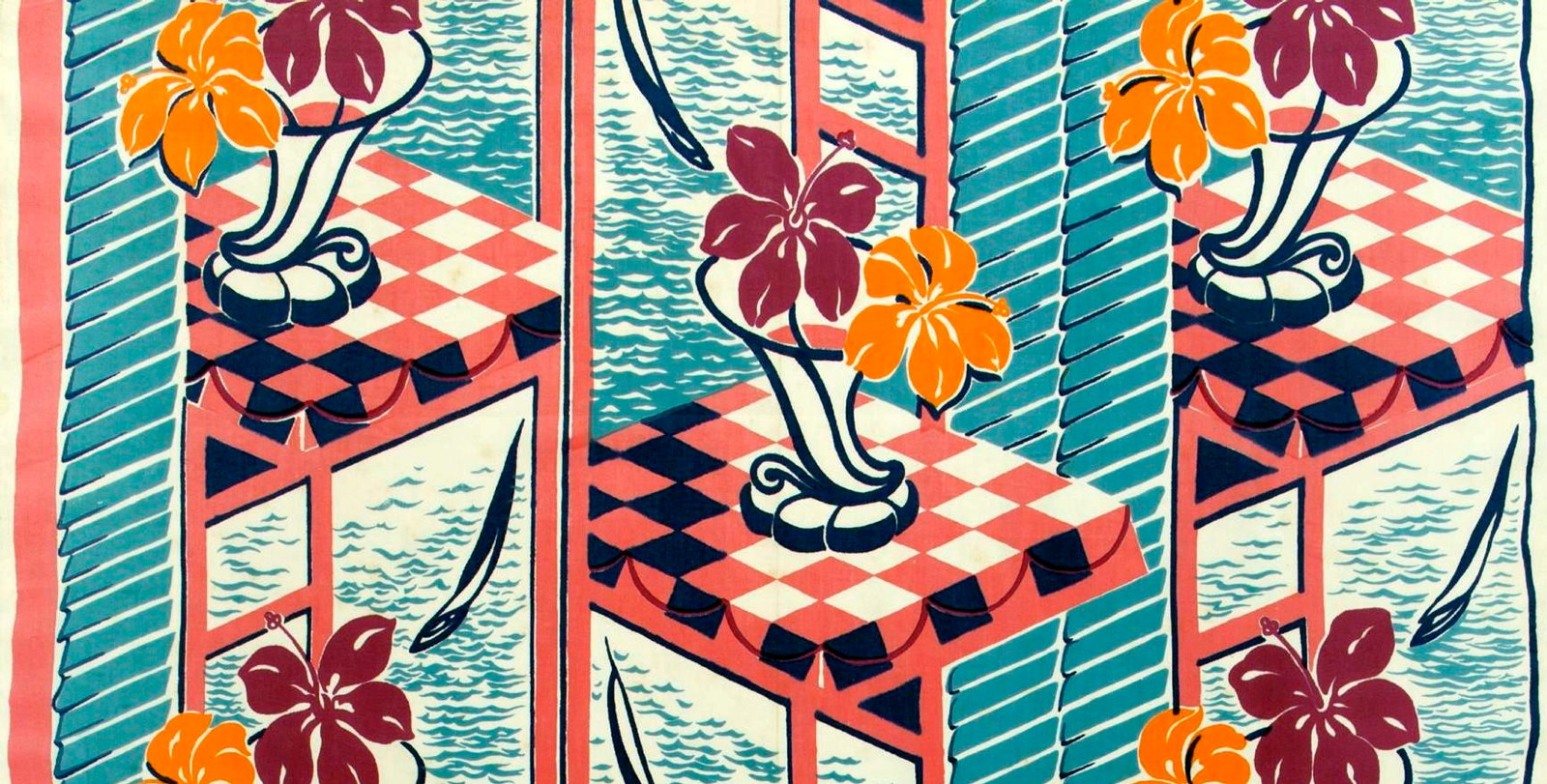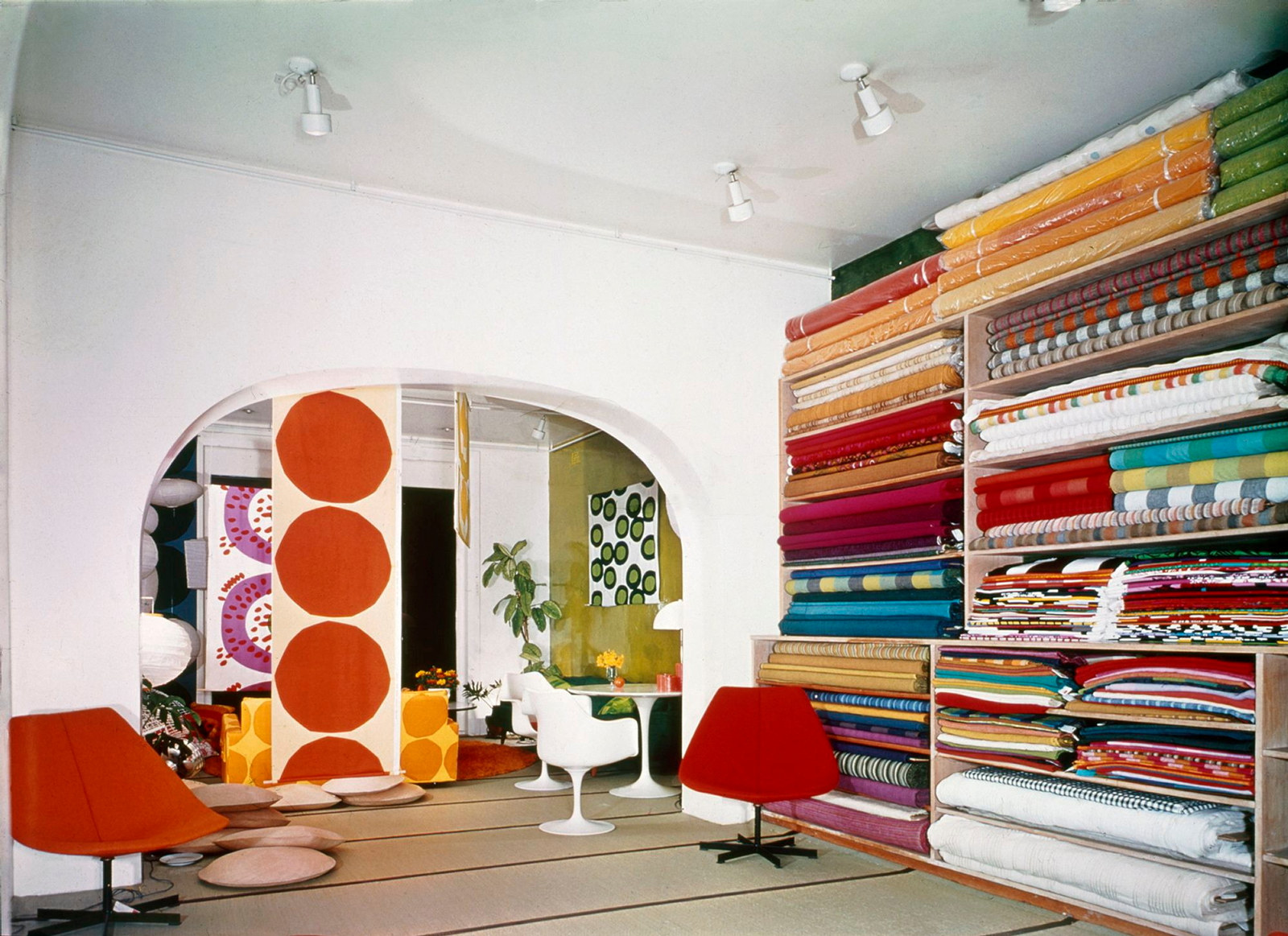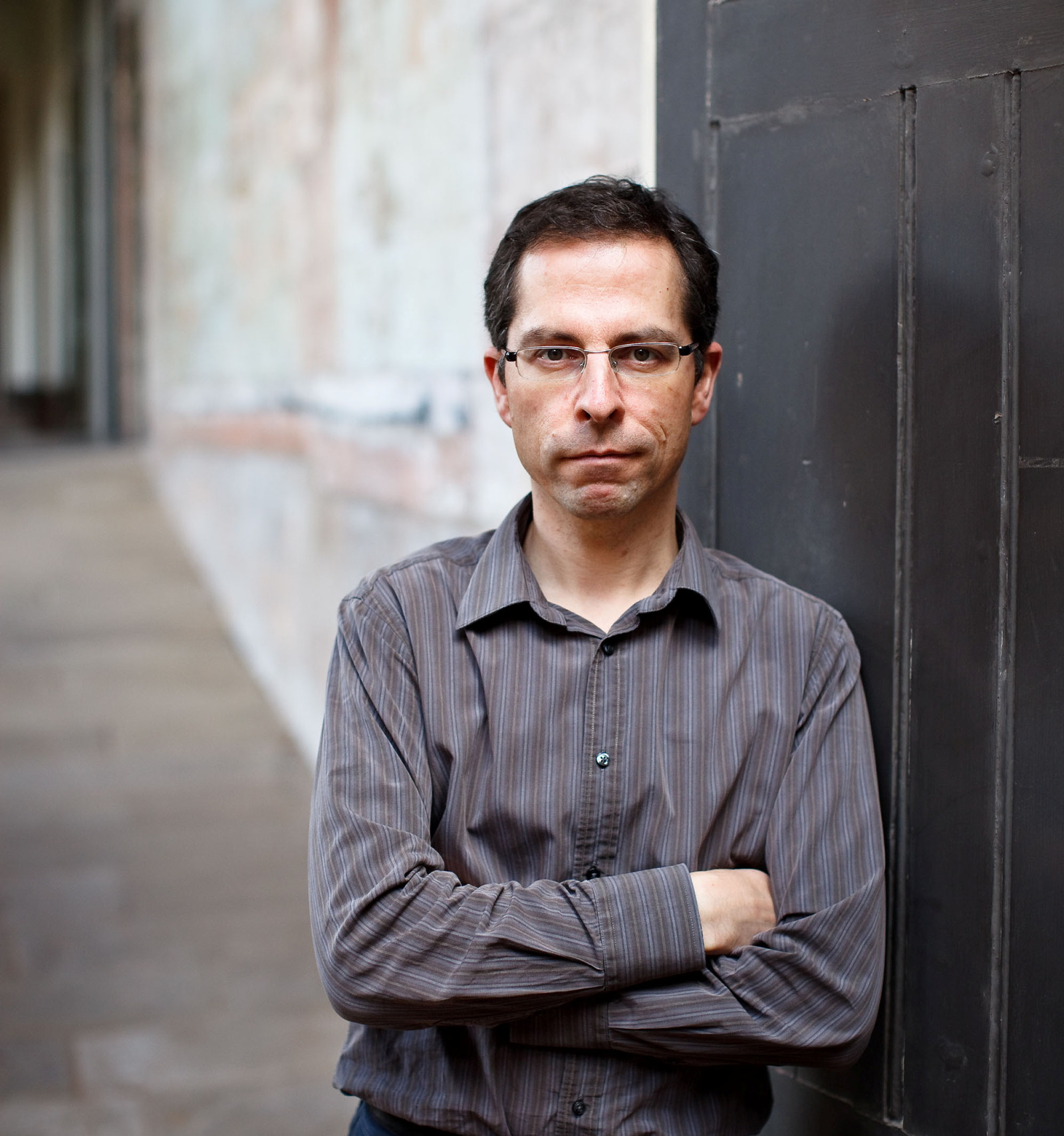The colour-filled career of Marion Hall Best
Interior designer Marion Hall Best had a love of colour and an uncanny ability to use it to transform a room. Museums of History NSW holds the largest collection of Best’s work.
Marion Hall Best, known professionally as Marion Best, was arguably Sydney’s pre-eminent interior designer of the 20th century. The use of bold, stimulating colours infused Best’s designs from her first commissions in the mid-1930s and became a signature of her work until her semi-retirement in the 1970s. She had an artist’s eye for colour, which she employed to transform three-dimensional space. Her schemes were complemented by the latest modernist furnishings, which she sourced from all over the globe and sold in her two shops, in Queen Street, Woollahra (1939–74), and Rowe Street, Sydney (1949–61).
Colour, colour, everywhere
Best was always excited by colour, from her mother’s flower arrangements as a young girl to Henri Matisse’s art and the set designs and costumes of the Ballets Russes. In the interwar years, she attended art and design classes by Thea Proctor and learned formal colour theories from artist and designer Ann Gilmore Rees. In one of her earliest schemes, in 1937–38, for the Elanora Country Club on Sydney’s northern beaches, Best rejected the cream walls favoured in the period and instead painted them ‘light Italian terracotta pink’ and the ceiling ‘Chinese orange’.
Best was unashamedly modern at a time when other interior designers preferred a subdued palette and period furniture. She often claimed that ‘gentle soft colours … are not restful, but dreary, sapping the energy and the mind’; by contrast, ‘bright clear colours challenge the mind’.1 In the early 1950s, Best said that people were often scared of colour but that ‘home decoration should be based on colour – one exciting colour stimulating other equally exciting shades’.2 In the first Society of Interior Designers (SIDA) exhibition in 1953, Best used up to nine different colours in her display room; a journalist described the effect as ‘electrifying’.3
In fact, the 1950s were a colourful time for home interiors. A housing boom followed World War II, and new paint-manufacturing technologies from the United States produced cheaper paints that were available in more colours and easy to apply by the home handyman. Paint manufacturers produced booklets with multiple suggested colour schemes. However, Best felt that such advice was often given with no thought to a particular room’s purpose, aspect or function, and using colours that were mostly ‘in the same depth of tone’.4 She believed the mania for feature walls was nonsensical, as all the colours of a room were important and needed to harmonise.
Colour glazing
Best’s fascination with colour led to one of her greatest achievements: the development, with painter-decorator Fred Russell, of a technique for producing a translucent glazed finish on walls. She had been inspired by artist Justin O’Brien’s use and application of colour: ‘he overlaid transparent olive-green on a cold, strong yellow and then scraped it down; cerises and reds over pinks and yellows, again scraped down; and always varnished’.5 Best used a similar technique, applying one colour over another then scraping it back so some of the original colour came through, resulting in a ‘glassy, cool, translucent look’6 somewhat like a ‘brilliant ceramic or Thai silk’.7 Best first used this effect in the early 1950s, but it was much copied by both professionals and amateurs in the 1960s and 70s.
However, some schemes were not to everyone’s taste. Best’s 1956 decoration for the Elizabeth Arden Salon in Sydney was painted out within a few months, the Prussian blue walls said to have ‘yellowed’ clients’ complexions. And any suggestion that colours were chosen without careful consideration was particularly hurtful to Best, even if it was made in jest, like the claim that ‘Marion puts spinach in the paint’ to create her brilliant glazes.8
In the late 1960s, at the height of Best’s career, fellow interior designer Mary White wrote:
There may be some who do not like [Best’s] work. But most people feel she is not simply “way out” but way ahead – vital, avant-garde, and a tremendous influence on progressive interior design in Australia.9
By then, Best had a staff of around 20 who were widely sought after for domestic, retail and commercial commissions.
Colour harmony
Later in her career Best typically used fewer colours than in the early 1950s, but her schemes were no less striking. Best explained how she commonly achieved colour harmony, sometimes subconsciously, ‘by analogy’: ‘selecting four or five closely related colours from the full circle colour wheel, eg chartreuse (a yellow-green), corn yellow, orange yellow, orange and orange red, then, to introduce the discord, one strikes directly opposite chartreuse and arrives at red violet. A slight move to one side makes it more interesting in character, so that a chartreuse verging towards green is better than a yellow chartreuse’.10
Best’s ability to transform space through colour has rarely been matched. Her work, once seen, was seldom forgotten.
Footnotes
- Babette Hayes and April Hersey, Australian style, Hamlyn, London, 1970, p135.
- ‘Colour should be exciting not insipid setting’, The Sunday Herald, Sydney, 14 September 1952, p15.
- Isla Brook, ‘Paging all women’, Mail, Adelaide, 5 September 1953, p34.
- Marion Hall Best, unpublished memoir, 1980s, p30.
- ‘Reflections on a glazed wall’, Australian Home Journal, Sydney, February 1969, p14.
- ‘A feeling of inner space’, Vogue supplement for Australia, London, Autumn–Winter 1957, p50.
- Marion Best, ‘Colour in the home’, Vogue Australia, Sydney, April–May 1966, p99.
- Shona Martyn, ‘Brilliant ideas’, Vogue Living, Sydney, March 1985, p74.
- Mary White, ‘Interior designers: Marion Hall Best’, Australian Home Journal, Sydney, January 1968, p49.
- Marion Best, ‘Colour in the home’, p99.
Related

Marion Best Fabrics: artist designed textiles
Marion Best Fabrics, established around 1940, was the first example in Australia of a group of artists being commissioned to design textiles

Marion Hall Best Collection
Marion Hall Best was one of Australia’s most influential 20th-century interior designers, and a founding member of the Society of Interior Designers of Australia. This collection includes papers, plans, photographs, wallpapers, fabrics and furnishings relating to her illustrious career
Published on
